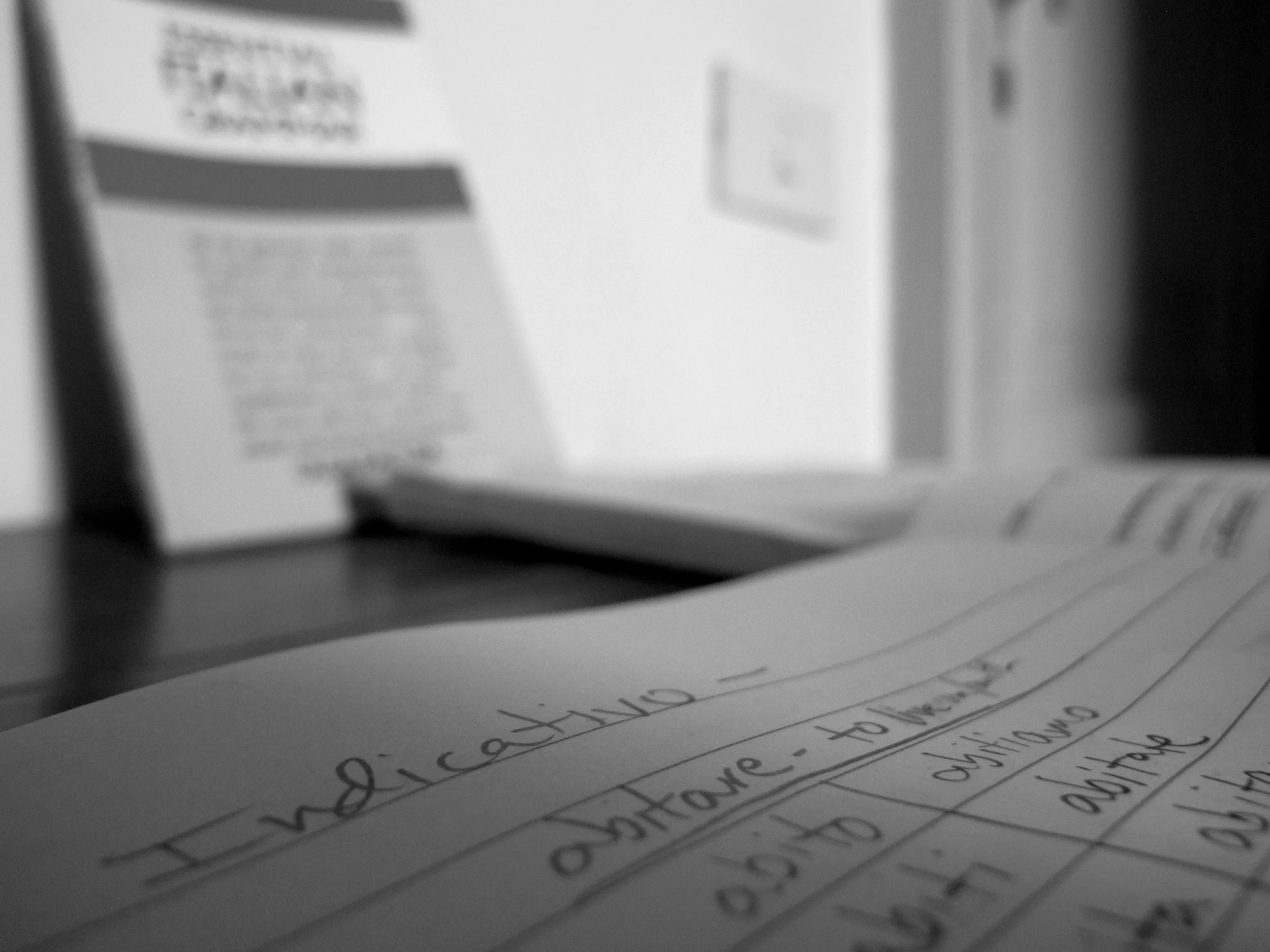Standing inside a small, reed hut watching a leather-skinned Veguero in a straw hat stoically select large tobacco leaves before meticulously rolling them into the most simply elegant trademark of a nation, I was convinced I’d just experienced exactly what I came for. Having my “never-smoked-a-thing-in-my-life” streak ended by a Cuban tobacco farmer lighting up the end of my freshly-rolled stogie felt like anything but throwing 28 years of smoke-free lungs down the drain. When in Cuba…
Arriving in Havana after missed connections and delays, I was greeted with a substantial downpour that continued to rear its head for the better part of the next two days. With my certifiably broken Spanish, I made my way into the back of a bright orange, 1950’s Chevy-on-the-outside, Toyota-under-the-hood car, breathing in the sweet smell of fumes inside the stuffy, but roomy, backseat. On the way into town, I passed by murals, statues, and billboards proclaiming the benefits and rallying cries of a socialist society, with images of a victorious Fidel accompanying each message. Lodging for the weekend was a 3-bedroom apartment in the New Habana district of Vedado, equipped with endless antiques, portraits of Fidel and Che Guevara, and a garden-filled balcony facing straight towards the Habana Libre Hotel. The quiet streets of the neighborhood were a mix of similarly ornate buildings, both dilapidated and pristine.
The energy in Havana is undeniable. Music blares from every doorway and window, regardless of when the last coat of paint was applied to the building. Newly restored or neglected, there’s a party going on in each and every old Colonial building you pass. Rain or shine, the lanes are filled with musicians, dancers, chess players, friendly conversationalists, groups of banterers, loiterers, and more than a fair share of ladies of the night (or morning, or mid-afternoon, or whatever time of day it is, really). Each and every bar will mix you up a $2-$3 fresh mojito of varying quality, and if you’re lucky, they may just leave the bottle at the table (“More Rum??”). Havana is designed for those wishing to imbibe, whatever your vice of choice may be, and as expected for 3 wide-eyed and (very) white guys on a weekend getaway, we were aggressively offered anything and everything you can imagine, and perhaps some things you can’t. The footsteps of Hemingway lead through tiny dive bars, upstairs coffee joints, classy hotels, and pristine plazas. The colors abound throughout, from the cracking facades, to the statement-making clothes, to the classic cars.
And about those cars.
A photographer’s dream, around every corner you’ll find restored, or rather, maintained cars straight from 1950’s Americana. Some a bit better kept than others, every shade of bright compliments the streets adorned with the same colorful coats, making the entire urban exploration more than easy on the eyes. Choosing which cars to take a ride in proved to be one of the more difficult decisions of the trip. Contrary to what I’d read and heard, the iconic cars didn’t necessarily make me feel as though I’d gone back in time, as there are plenty of not-quite-so-old compact cars and taxis in the streets, but rather evoked a sense of appreciation for the country’s iconic mode of transport. Thailand may have Tuk-Tuks, but Cuba’s got the cars.
Facing north towards the tantalizingly close Florida coastline, Havana’s iconic Malecon embraces the sometimes-violent waves crashing on its shore. The drag serves as de-facto loitering grounds for all of Havana. Locals seem to have a knack for avoiding the areas along the sea wall that tend to get pummeled the hardest when the seas are rough, while tourists, without fail, find themselves caught in the deluge of rogue waves splashing onto the street. The nighttime crowd ranges from mobs of high school kids to cavorters to lovers to prostitutes. The Cubans really are pros at being out and about with no intention of going anywhere.
After a couple days of watching rain showers from the comfort of multiple fine, mojito-serving establishments, the skies parted as we hopped in our new friend’s classic cab for the 3-hour journey to Viñales, in the famous tobacco-growing region of Pinar del Rio. The striking Viñales valley is dotted with limestone karsts, similar to that of Ha Long Bay in Vietnam and the Andaman Sea off the coast of Thailand. Cave systems wind through the inside of the mountains, while one skinny road serves as the main artery connecting a multitude of dirt paths that lead to farmhouses and tobacco leaf huts. Horse carriages seem to be the primary means of transportation, with the occasional scooter or tour bus the only artifact of the surroundings that bring you back to the present day. We rode bicycles through the scene, stopping off for a drink in a cave and lunch on the back porch of a restored farmhouse turned restaurant, all the while puffing on a freshly rolled cigar. Somewhere along the way, as I continued to fall further and further behind my friends, caught up in capturing the aura of a life filled with banana stands and horse carriages and tobacco fields and colorful front-porch rocking chairs overlooking lush rock formations, I re-captured the euphoria of being lost in time and place, if only for a few minutes. I am quite familiar with the feeling now, but it does not, and will never, get old - that feeling of losing any and all sense of where I am, while at the same time being so very present in the magnitude of the moment.
And so, I carried the lightest of burdens with me as we toasted to 30th birthdays with Panama hats and Cuban cigars, sipping cheap rum over mediocre meals, lost in a world of enticement and old-world allure that I will surely find my way back to one day soon…














